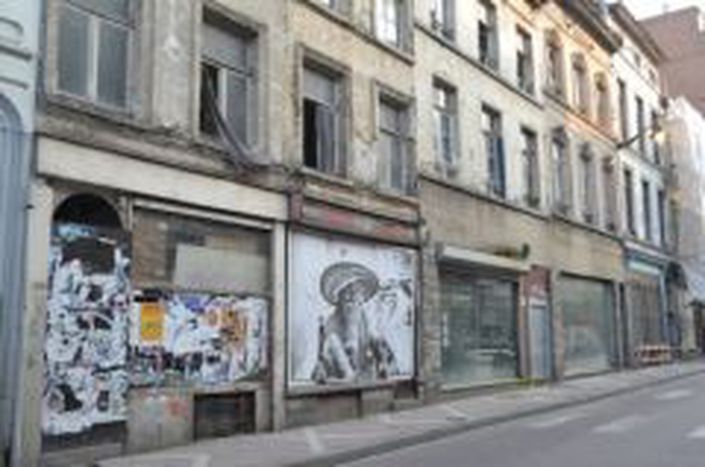
Brusselization
Published on
By Anika Gatt Seretny If you've never heard it before, you might easily confuse the term brusselization with some eurojargon. And I wouldn't blame you. The term sounds like it has something to do with European Union legislation and its impact on EU member states. In fact although the term does share a distant association with the EU, this has definitely nothing to do with its laws.
Why is Brussels such an ugly duckling?
Originating in the forties brusselisation describes industrialised urban development that led to high-rise buildings and railway connections being plonked into the centre of the EU capital. Given that urbanisation was a popular trend in the last century the habit of demolishing the old and stale for the refreshingly new is controversial nor surprising. But alas the implementation was. Development was at its best random, chaotic and uncontrolled. City planning was devoid of aesthetical architectural rules and redevelopment projects all across the city tore down many of the precious art-nouveau pearls that Brussels boasted of. Instead railways, railway stations, modern offices and high rise apartment buildings sprouted up everywhere. The architectural world was flamoxed. And that it how they coined the term brusselization; as an outcry following the demolition of many buildings of historical value.
Victor Horta turning over in his grave
There were two main and obvious triggers in the late fifties that gave a sense of urgency to the redevelopment of the city and the changes planned for the Brussels area. Firstly the city was gearing up for the World EXPO of 1958 and secondly it was preparing for the growing migration of “eurocrats”, the European Union's bureacrats. In short a sudden surge in the demand for housing and office space required new solutions. The problem: people had to have roofs over their heads both to live and to work. So what better solution than to pile a couple of stories on top of each other?
The story wrote itself – it was a combination of opportunity and circumstance that led to brusselization. In a quest to expand or redevelop the city for newcomers, rules or regulations gave way to a thirst for economic opportunity. Rapid economic growth in the “golden sixties” required rapid reactions. Yet there was no city planning in place, no institutions overlooking the architectural proposals. And with giant real estate developers hungry for profit, and lack of political will to balance the pot toward protecting the priceless buildings, some friendly facilitators in the political sphere had a free hand to sell out the beauty of Brussels. The consequences were detrimental.
The final blow came with the demolition of one of the key pieces of art-nouveau architecture, the Maison du Peuple. Constructed by the famous Victor Horta in 1899, the Maison du Peuple was pulled down in 1965. In its place the characterless IBM Tower was erected.
Brussels today
The former mayor of the city François-Xavier de Donnea, in office in the late 90s, wrote a summary paper on the Insertion of modern architecture in historical centers. In it he says that the case of Brussels was and remains “a delicate issue because it involves (subjective) value judgments on the esthetic and functional qualities of buildings and neighbourhoods".
Finding beauty in art and architecture may be subjective. But the decision to demolish it clearly isn't. Objective decisions led to destruction, the consequences of which are visible till today.
The architecture in Brussels can only be described as an eclectic mosaique where absolutely everything that could go wrong went wrong. And that is what brusselisation means today. The result of brusselisation is that the tourists and inhabitants of the city can enjoy a hybrid of architectural styles; a questionable mixture of the new, not so new and plainly old buildings, often huddled together on the same block. You can “enjoy” a rainbow of colours, contrasts from bloody red to pale blue facades, different heights of building etc. Or you have shiny skyscrapers standing shoulder to shoulder with dirty, scruffy little structures badly in need of a paint job. The cherry on the cake are the infamous “hollow teeth” that were left for years to rot by the real estate developers for speculative reasons or to put pressure on the officials to grant a building permit.
It took a couple of decade to introduce laws to prevent demolition. In 1991 and 1993 two texts were adopted making the process of brusselization impossible in future.



